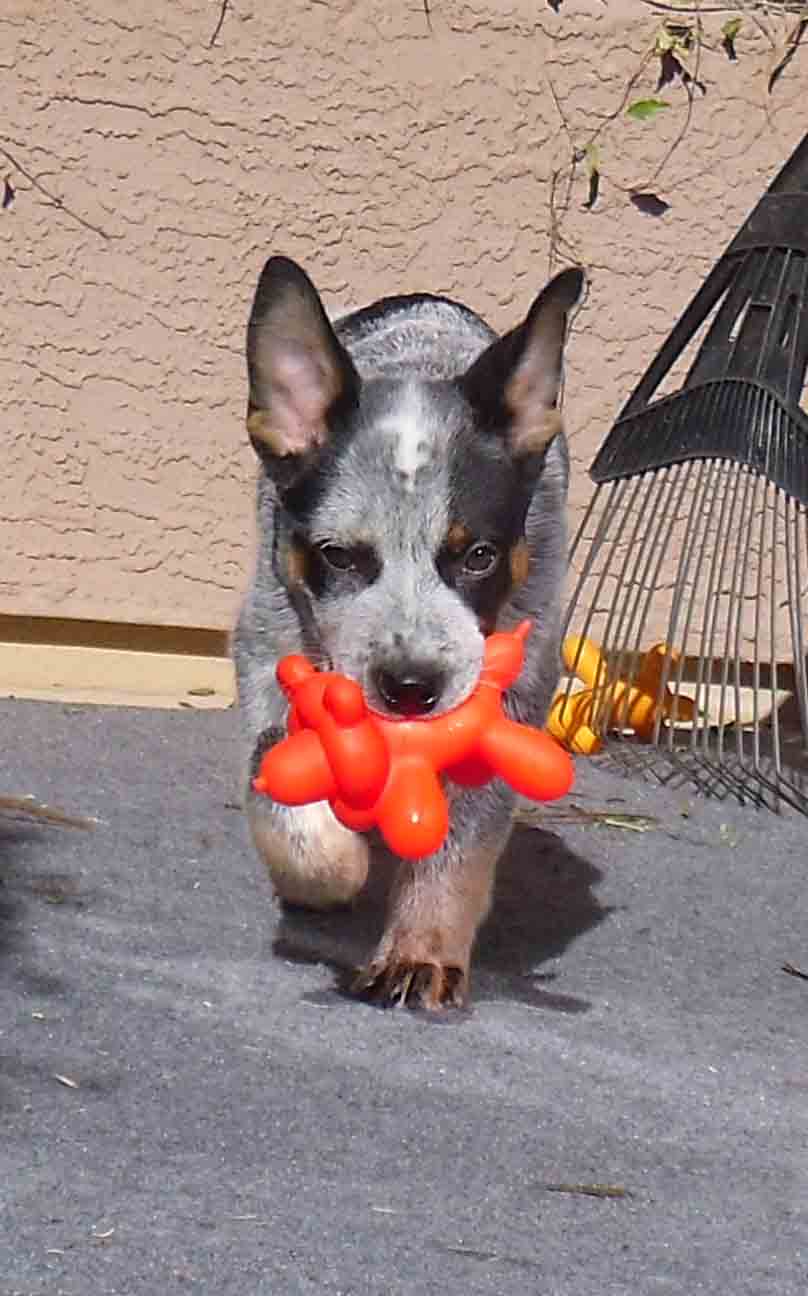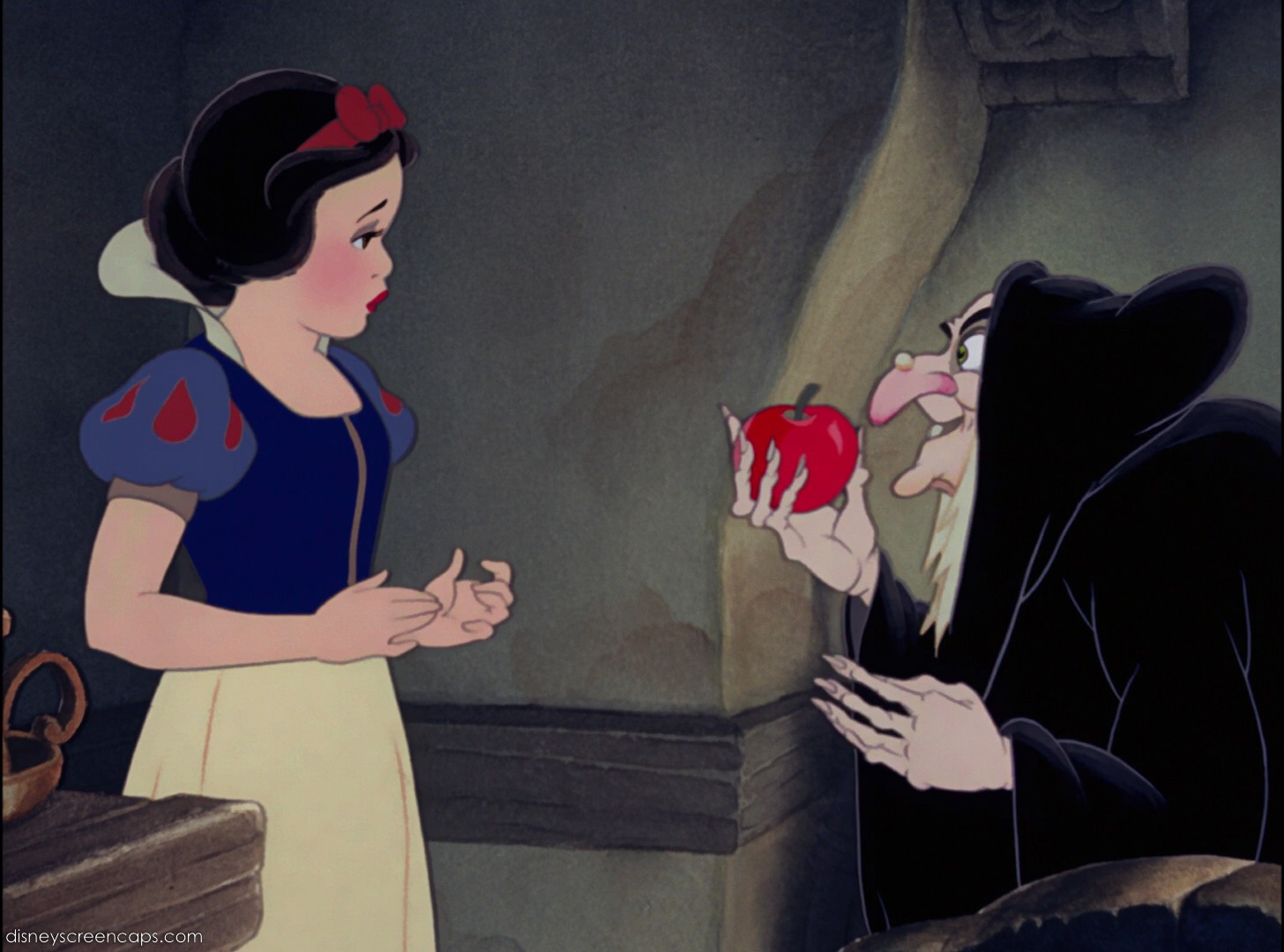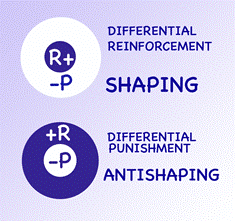The Big Day: Caution, this is the Real World. If you are squeamish you might want to skip it.
One morning I was doing euthanasia just like every other morning. The night before a 125 pound St. Bernard X Pit Bull was brought in by his owner along with a 14 week old puppy of similar breeding. The adult dog was intact. The owner handled him rather gingerly and gave as a reason for surrendering the dog that he couldn’t control him. Not a big deal. The next morning, however, I decided that we didn’t need either one of them to be adopted. If that sounds cold, it is. For the last three years working in shelters I was killing about a ton of animals a month, personally. I was purely objective about which dogs I killed, when. Continue reading
Category Archives: Science, Behavior and Training
The Problem with Teaching ‘Other’ Behaviors:
I taught my Cattle Dog, Petey, to ‘roll over’ about two and a half years ago to please my wife. Both of us got tired of it, especially me – it competes with a preferred behavior of turning around to face an opposing direction. The other day, while working on turn around, Petey threw in a ‘roll over’. Why is that important? Because I have not reinforced that behavior for over two years, since he was a pup.Why is that important? Becaus e it demonstrates a very important point. Teaching a competing behavior does not remove an existing behavior. You are merely adding to the dog’s repertoire. A simple miscue can instantly bring the behavior back, full strength. If you rely on teaching an ‘alternate’ behavior to suppress something you never want to see again, you run the risk of getting it when you least expect it. Continue reading
e it demonstrates a very important point. Teaching a competing behavior does not remove an existing behavior. You are merely adding to the dog’s repertoire. A simple miscue can instantly bring the behavior back, full strength. If you rely on teaching an ‘alternate’ behavior to suppress something you never want to see again, you run the risk of getting it when you least expect it. Continue reading
Snow White or the Wicked Witch: Behavioral Poison and Understanding
There are two polarities of thought in the world of behavioral control.  That’s a problem. Behavior is not a one-dimensional phenomenon. It’s almost never a choice of positive or negative to solve a single behavior problem, let alone to guide a life. That is because it’s about the human or animal you are trying to teach or help. It’s not about your personal preferences or ideology. It’s not about your laziness or passion that causes you to be skilled with only one end of the spectrum. If you say the words reinforcement and punishment with any emotion, you shouldn’t be offering behavior services. If you use those two poles to guide your efforts you will paint yourself into a corner. Using an either/or mantra may put money in your pocket or elevate your status but it doesn’t help the person or animal who needs the help. Continue reading
That’s a problem. Behavior is not a one-dimensional phenomenon. It’s almost never a choice of positive or negative to solve a single behavior problem, let alone to guide a life. That is because it’s about the human or animal you are trying to teach or help. It’s not about your personal preferences or ideology. It’s not about your laziness or passion that causes you to be skilled with only one end of the spectrum. If you say the words reinforcement and punishment with any emotion, you shouldn’t be offering behavior services. If you use those two poles to guide your efforts you will paint yourself into a corner. Using an either/or mantra may put money in your pocket or elevate your status but it doesn’t help the person or animal who needs the help. Continue reading
Anti-Shaping and Distorted Logic:
 Shaping is the use of positive reinforcement to arbitrarily strengthen a behavior. The process includes positive reinforcement for a specific behavior which, when it emerges, is called an operant. The term is used to describe a positive reinforcement procedure. The problem is that unless an absence of reinforcement for all “other” behaviors occurs, a discrete operant cannot form. To accurately describe the process one must include the effects of negative punishment for “other” behaviors. However, that is never done. The effects of negative punishment are assumed but not stated.
Shaping is the use of positive reinforcement to arbitrarily strengthen a behavior. The process includes positive reinforcement for a specific behavior which, when it emerges, is called an operant. The term is used to describe a positive reinforcement procedure. The problem is that unless an absence of reinforcement for all “other” behaviors occurs, a discrete operant cannot form. To accurately describe the process one must include the effects of negative punishment for “other” behaviors. However, that is never done. The effects of negative punishment are assumed but not stated.
By contrast, DRO is shorthand for differential reinforcement of other behavior. It is the process of applying negative punishment to a single behavior and positive reinforcement for any other behavior. This is the logical opposite of shaping. To be accurate, for whatever shaping may be, DRO is anti-shaping – a symmetrical process applying opposite behavioral effects. The relationship of a single behavior receiving one behavioral polarity and all other behaviors receiving the other behavioral polarity is identical. The language of behavior analysis does not reflect this.
Restraint: Violence for Violence, Forever and Ever, Amen.
In the world of veterinary medicine, shelter management, police enforcement of civil laws and modern behavioral treatment of the mentally disabled, restraint is an acceptable response to violence. If a dog, cat or human attempts to initiate violence they will be subdued. The problem is that such restraint does not prevent the violence from occurring in the future. In the case of mentally disabled animals and humans, it may lead to a perpetual nightmare of attack and defense that never goes away. Imagine how a person incapable of controlling their behavior internally responds to being jumped by thugs on a daily basis, ad infinitum. My question is, why is such restraint acceptable? It is risky, reactive, chaotic and dangerous. It triggers fear (and often escalates the violence) and can cause pain and damage, no matter how careful the restrainer may be. The literature of behavior analysis and common objective observation of nature suggests that contingent punishment can stop or dramatically reduce such violence. That is almost never mentioned and is opposed, routinely. That generates some interesting questions.
